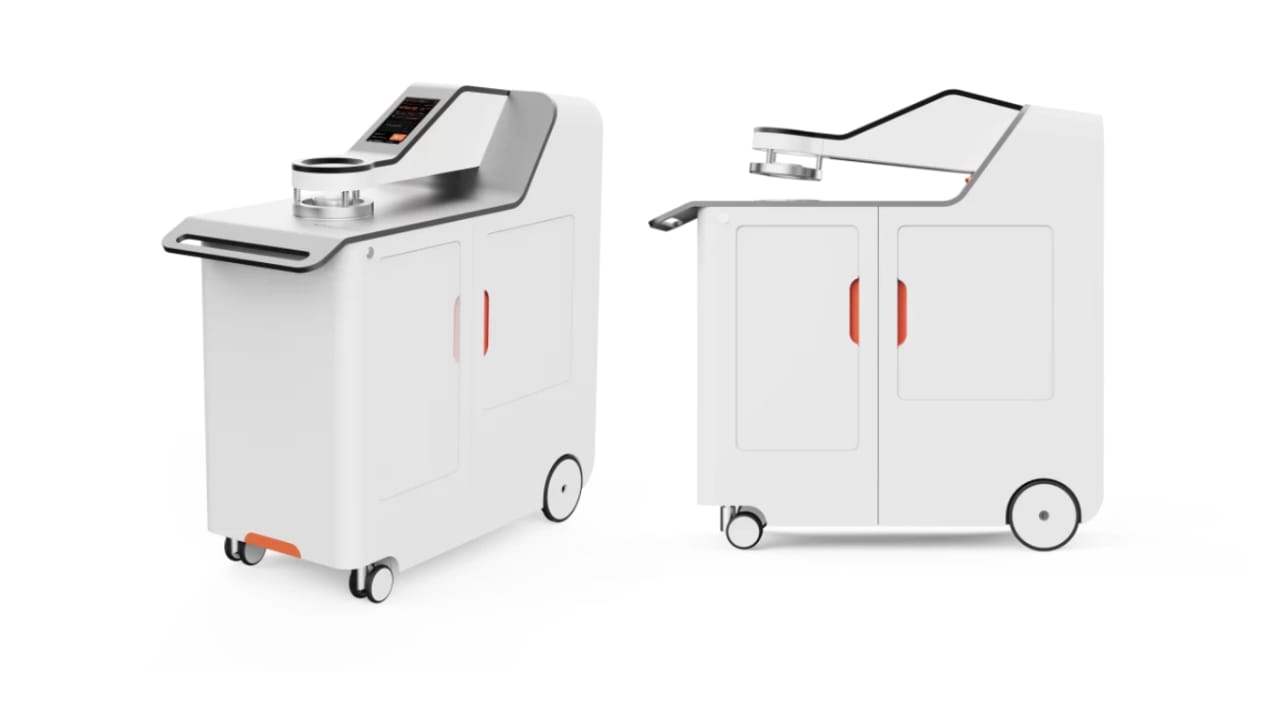In fabric manufacturing, air permeability testing is an essential process used to evaluate a fabric’s ability to allow air to pass through it. Whether it’s clothing for comfort or technical textiles for industrial use, understanding air permeability is crucial. With the use of an Air Permeability Tester, manufacturers can guarantee that their fabrics meet both functional and industry standards.
Why is Air Permeability Important?
Air permeability directly affects how breathable and comfortable a fabric will be. For clothing, particularly activewear, higher air permeability is desirable to help regulate body temperature and moisture. In contrast, technical fabrics used in tents or protective gear may require lower air permeability to ensure protection from the elements.
The ASTM D737 air permeability test is a recognized industry standard for measuring air permeability in fabrics. By conducting this test, manufacturers can ensure that their textiles meet the specific needs of their end users, whether it’s breathability for sportswear or protection for outdoor equipment.
Factors That Affect Air Permeability in Fabrics
Various factors influence the air permeability of fabric, including:
- Fabric Structure: The weave or knit structure of the fabric plays a significant role. Loosely woven fabrics allow more air to pass through, while tightly woven ones provide greater resistance to airflow.
- Fibre Composition: Natural fibres, such as cotton and wool, typically have higher permeability compared to synthetic fibres like nylon or polyester, which are designed for specific purposes like insulation or water resistance.
- Fabric Thickness: Thicker fabrics naturally restrict air movement, which can affect their breathability and insulation properties.
Each of these factors can be controlled or adjusted during the fabric production process, and air permeability testing ensures that the desired outcome is achieved. For instance, a good air permeability value is critical for fabrics used in outdoor gear to balance breathability with protection from the weather.
Applications of Air Permeability Testing
Air permeability testing has various applications in multiple industries:
- Sports and Activewear: Fabrics that are breathable improve comfort and performance. Air permeability test on fabric is crucial to ensure that sportswear allows sufficient airflow, preventing overheating during physical activities.
- Tents and Outdoor Gear: For products like tents, understanding the hydrostatic head for tents in combination with air permeability is key to creating materials that offer both breathability and protection from moisture.
- Medical and Industrial Textiles: Products like masks, filters, and medical garments require fabrics that control airflow while providing the necessary level of protection.
The Air Permeability Tester is instrumental in these industries, ensuring that fabrics meet the required standard for air permeability and perform as intended.
Calibrating the Air Permeability Tester for Accurate Results
Ensuring that your air permeability tester is properly calibrated is crucial for obtaining accurate and reliable results. Regular air permeability tester calibration helps maintain the machine’s precision and ensures compliance with industry standards like ASTM D737.
The air permeability tester tf164b is one such tool used for high-accuracy testing in the textile industry. Manufacturers depend on the reliability of these instruments to produce fabrics that meet their specific performance requirements.
Calculating Air Permeability: The Process
To calculate air permeability, the tester measures the flow rate of air through the fabric in cubic centimetres per square centimetre per second. These measurements allow manufacturers to make informed decisions about their fabric’s design and composition, ensuring the final product performs well in real-world conditions.
For example, breathable fabrics used in activewear require high permeability, while other applications like medical textiles may prioritise controlled airflow. Testing provides the necessary data to optimise these fabrics for their intended purposes.
Conclusion
In industries where fabric performance is critical, air permeability testing is a non-negotiable aspect of quality control. The Air Permeability Tester provides accurate data that allows manufacturers to fine-tune their products and meet the high standards required in today’s market. By using an air permeability tester such as the Air Permeability Tester, manufacturers can ensure that their fabrics offer the right balance of breathability and performance.











